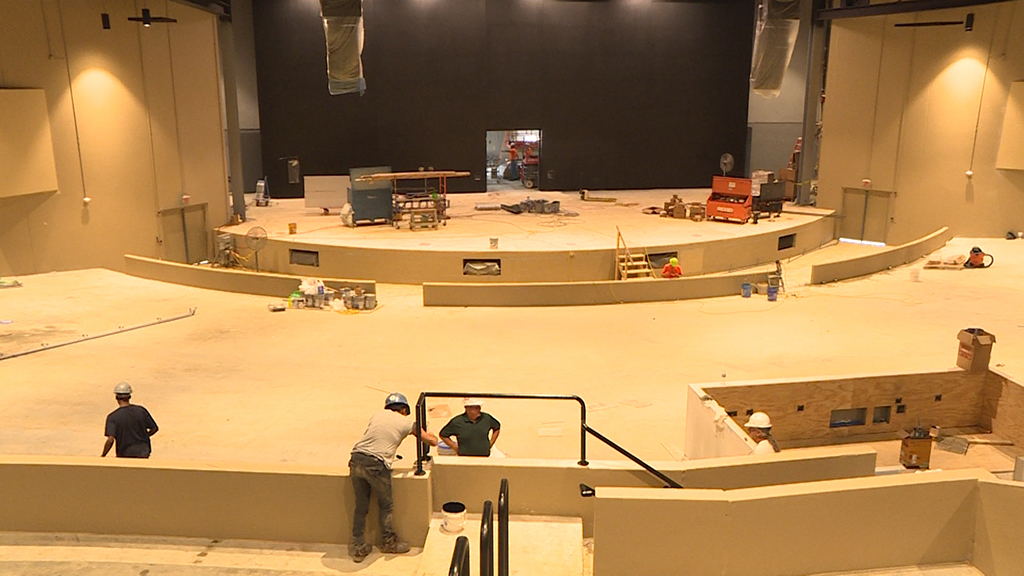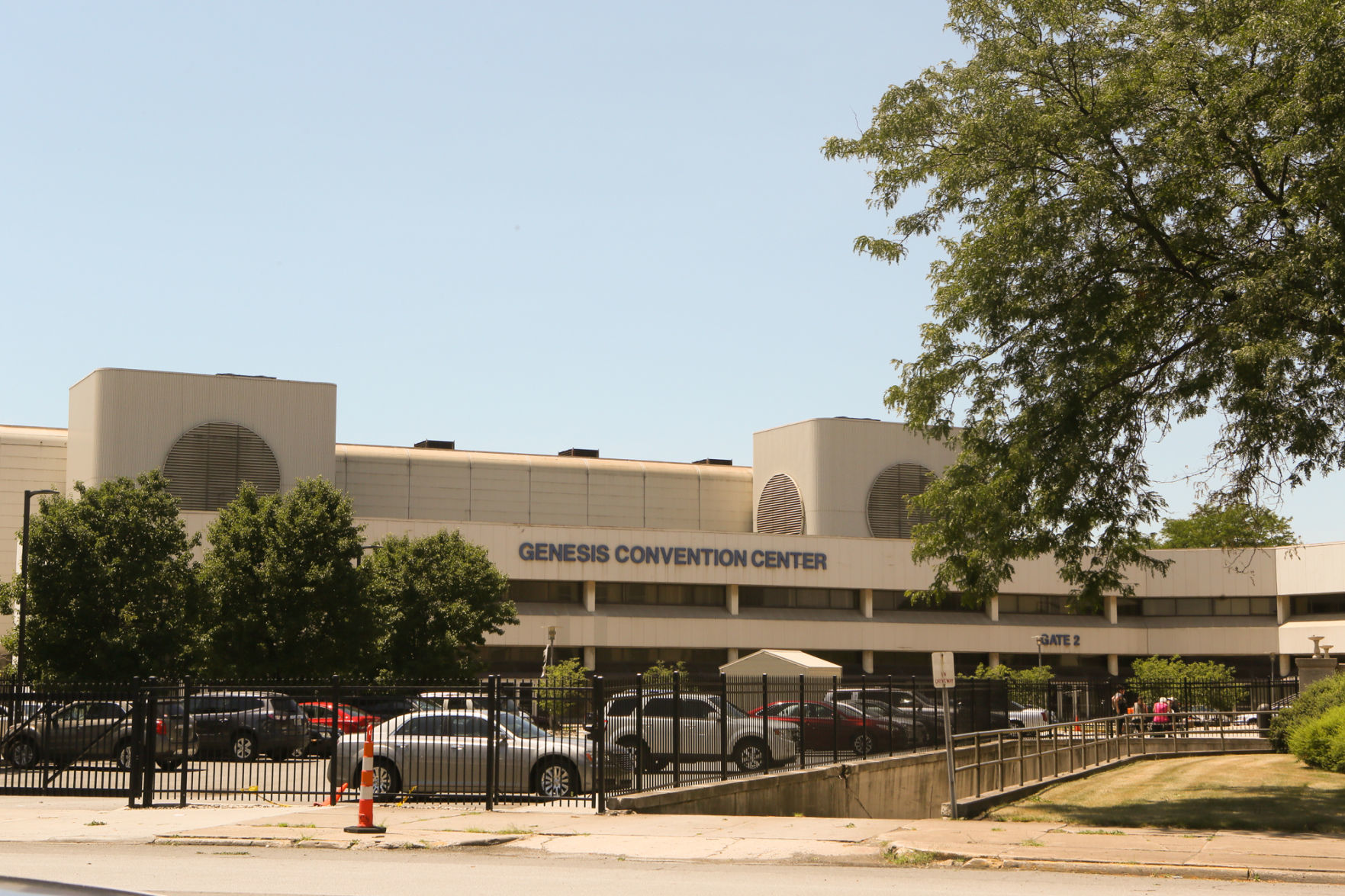

He received another USMS grant to focus his research on the relationship between swimming, aging and muscle mass and function.

He received a grant from USMS to get a better grasp of how much swimmers actually swim, using accelerometers to measure how often, how far and how intensely they swim. Stager said most of the male and female swimmers examined in spring 2004 reported swimming 3,500 to 5,000 yards five days a week. "If you want the fitness effect, you'll need to look at getting your heart rate up and boosting the intensity." "The health and well-being benefits start with a minimal amount of swimming," Stager said. A workout should depend on goals, such as preparing for competition, improving fitness or seeking health and well-being benefits.

For recreational swimmers, any amount of swimming is beneficial, he said, particularly for the least active. Stager, who also competed at the FINA Masters World Championships this summer, is an avid swimmer himself, swimming roughly 3,000 yards per day five times a week. They found that many of the swimmers delayed this natural decline until the age of 70. The researchers found that by regularly swimming 3,500 to 5,000 yards (roughly 2 to 3 miles) three to five times a week, the USMS swimmers examined in 2004 postponed the aging process, not only for years but for decades. "The hypothesis is that activity preserves physiological function."

"We're starting to find out that a lot of the decline is probably related to a decline in activity rather than aging per se," said Stager, a professor in IUB's Department of Kinesiology. He also directs the Counsilman Center for the Science of Swimming. Joel Stager is a professor in the Department of Kinesiology in the School of Health, Physical Education, and Recreation. From their 2004 data, they found that regular and fairly intensive swimming substantially delayed the decline of such age markers as blood pressure, muscle mass, blood chemistry and pulmonary function. They measured age markers, whose physiological functional capacity typically decline by 0.5 percent to 1 percent per year beginning around the age of 35, and compared their findings with similar data collected on the general population. championships in 2004 and in the FINA world championships at Stanford in 2006. The IUB researchers conducted a battery of tests on elite swimmers - United States Masters Swimmers competing in the U.S. "Are Masters Swimmers unique, or are we what 'normal' people should look like?" Stager recently told USMS Swimmer, the official magazine of United States Masters Swimming. Recent studies, says Counsilman Center Director Joel Stager, often are drawn from a diseased or declining population, casting them as the 'general' population. The researchers are adding a new twist to aging research by studying a very active population. Jeanne Johnston, assistant professor in the Department of Kinesiology, studies the role of physical activity in healthy aging.


 0 kommentar(er)
0 kommentar(er)
